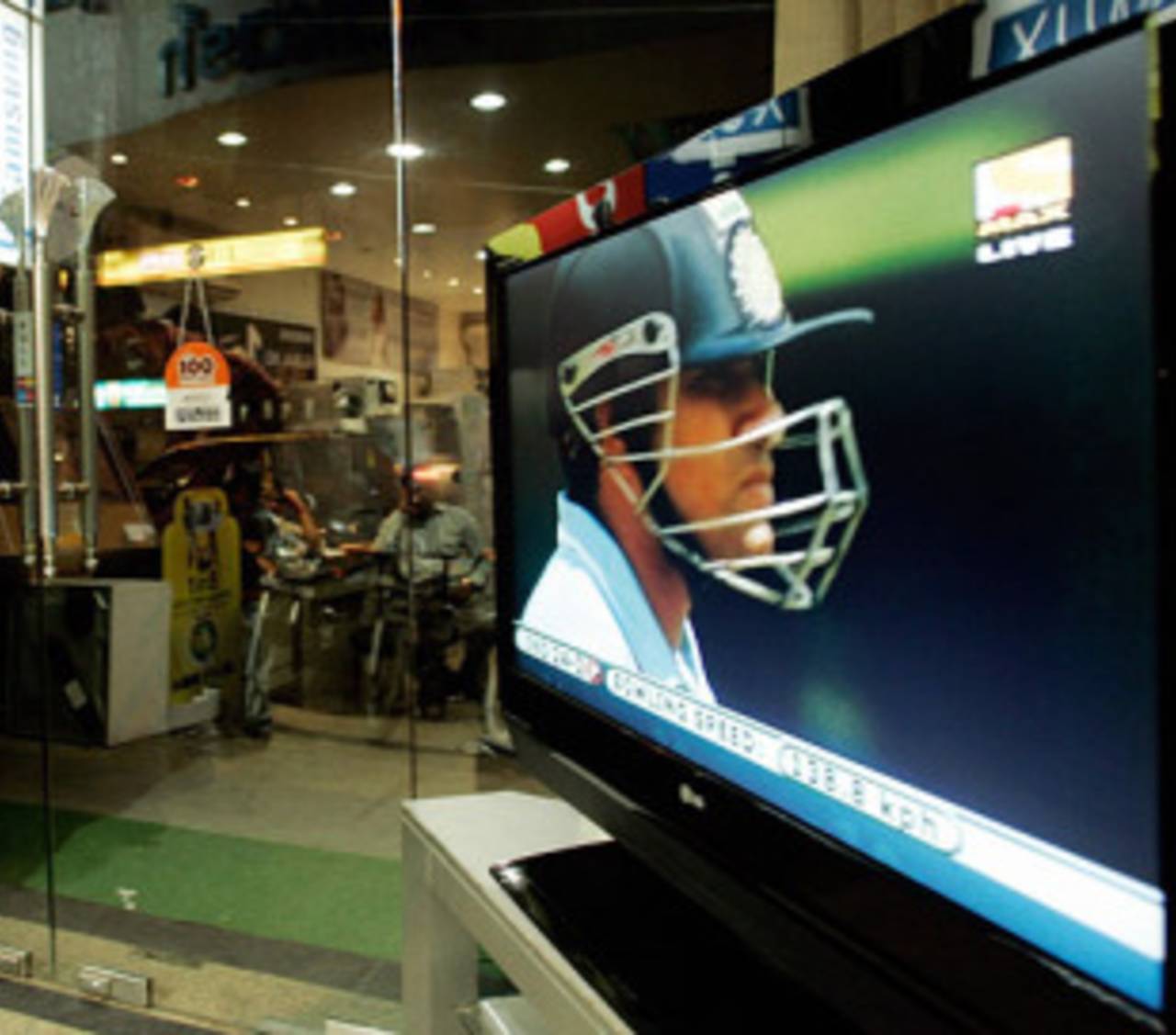Cricket had live television in the 1980s and the sport did use satellites. What Sky's live broadcast of the 1990 England tour of the West Indies achieved, however, was to make cricket's world both flatter and smaller but also suddenly very, very precious.
Just as Kerry Packer's World Series Cricket forced the establishment to re-examine cricketers' wages, the Sky broadcast marked the beginning of cricket's evolutionary economic leap. A slightly eccentric sport, played at the highest level by less than a dozen nations, took the first steps towards becoming a million-dollar business, built on the back of an ambitious and rapidly growing private television industry. Impoverished home boards suddenly found a new source of earnings in tours by frontline dollar-waving nations.
When the numbers of those wanting to control cricket television began to grow, it led to open bidding for rights, and their values began to climb.
If Sky set it all rolling, the next significant step came from the opening up of the Indian cricket television market in 1993. It was when the BCCI realised it could earn revenues by selling its broadcast rights to someone other than the government-owned national broadcaster. And that the bureaucratic broadcaster didn't really have to be paid to telecast live cricket in India. Indian cricket was freed of government monopoly by an Indian Supreme Court order passed by two judges at 2am on the day a one-day tournament called the Hero Cup was to begin. Two years later, an unknown company called WorldTel bought rights to telecast the 1996 World Cup for the unheard of sum of US$10 million. More than the staging of the event in Asia, it was this satellite TV deal that first established that the financial treasure house of the game had moved eastwards.
Along with bringing cricket from all over the world into our living rooms, the satellite TV industry and its subsidiaries in the 1990s led to a mushrooming of what can only be called comet-cricket events. These were scratch ODI tournaments that popped up during the cricket calendar, featuring three or more teams. The lone constant was the presence of either India or Pakistan, ideally both, to attract the subcontinental diaspora into the actual venue and to keep the South Asian TV audiences hooked. Some of these events took place in mainstream cricketing nations, but the epicentre of offshore cricket was the Gulf emirate of Sharjah. Canada, Kenya, Singapore and Kuala Lumpur were also hit upon as alternative venues.
In the 1990s over 40 such comet-cricket events took place. Satellites whirling about above the earth kept track of every ball of these eventually meaningless contests. So did the illegal bookmaking industry. Until Hansie Cronje's phone was tapped.
